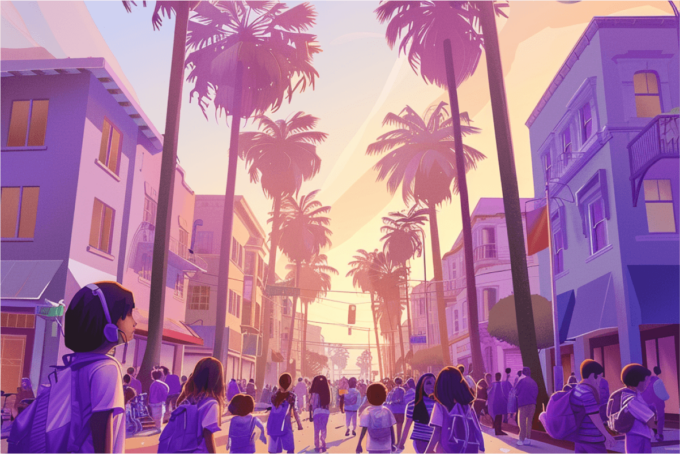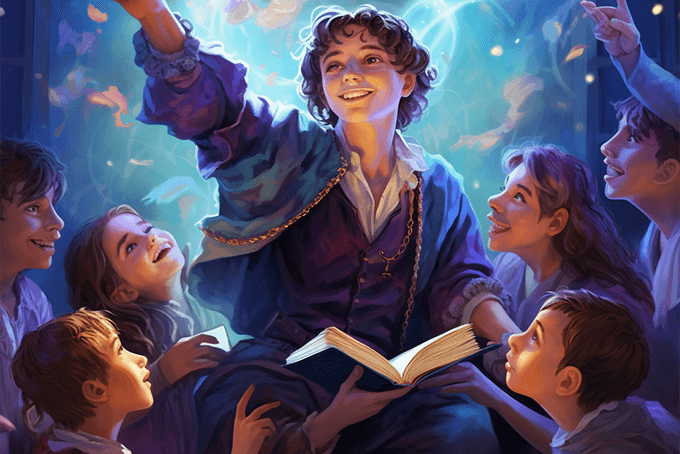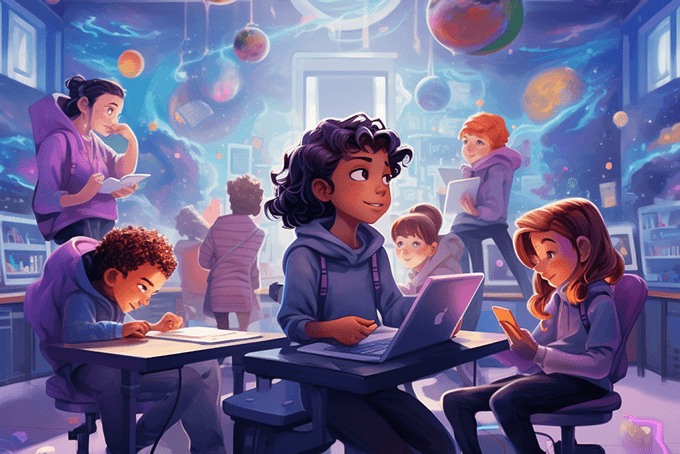When my friends at Funderstanding told me they wanted to produce an ‘interactive’ version of Maurice on the Moon, I was tremendously excited about the project. For me, The Maurice Series has always been more than a series of science fiction novels, I have always seen them as a gateway to science and mathematics that children would find friendly, engaging, and fun.
At my school, I am always saying “Science is a Verb!” My colleagues get a lot of encouragement from me to make their lessons more interactive, more ‘hands-on’. The idea that just paper and ink could capture the dynamic nature of these books really misses the mark! The interactive modules in Maurice on the Moon-Interactive gave me a chance to bring the science concepts in the book to life, and to bring children I would never meet into my classroom in a virtual way for just a little while.
Of all the modules, the one closest to my heart is the lunar high jump module. As a high school teacher, I coached high jump for many years and the entire Maurice Series originally started out as a short story entitled “Jump Like an Earthman” about a boy growing up on the Moon (guess who?!) trying to make the high jump squad. Tying track and field (my favorite sport) and my lifelong passion of space exploration together was a dream come true. When I was growing up watching the Mercury, Gemini, and Apollo astronauts on television, I wanted to be that boy on the Moon! Working together with the programmers and designers at Funderstanding, I finally had a chance to share that dream of what it would be like to live, work, and play on the Moon with children everywhere!
As an astronomer and a scientist, my favorite module is the lunar phase simulator. The concept of a moon in orbit around a planet is such a simple one; two bodies connected by gravity and nothing more, what could be simpler? And yet, what a rich result we see from such simple beginnings! The puzzle of lunar orbital motion took scientists many hundreds of years to decipher, and explaining it in a simple, understandable way to children is a major challenge. There were more technical challenges with this module than with any other; showing the Moon’s slow synchronous rotation, the correct illumination of the lunar surface, the changing phases we see from Earth, and the month-long lunar day all had to be depicted correctly. And once we did all that, the app had to be simple enough to operate and understand that any child (and even an adult!) could do it with ease. Designing and programming this app pushed our programming and design team to their limits – and they succeeded brilliantly!
When all was said and done, the greatest joy came from putting the book and all its interactive modules into the hands of children would enjoy it and benefit from it. When I shared the finished book with my 7-year old grandson and saw the delight on his face as he read the story and played with the interactive modules, I knew we had done our job well. His delight, was my proof of concept; Maurice on the Moon is a winner with children, and a delightful victory for their parents and teachers.



